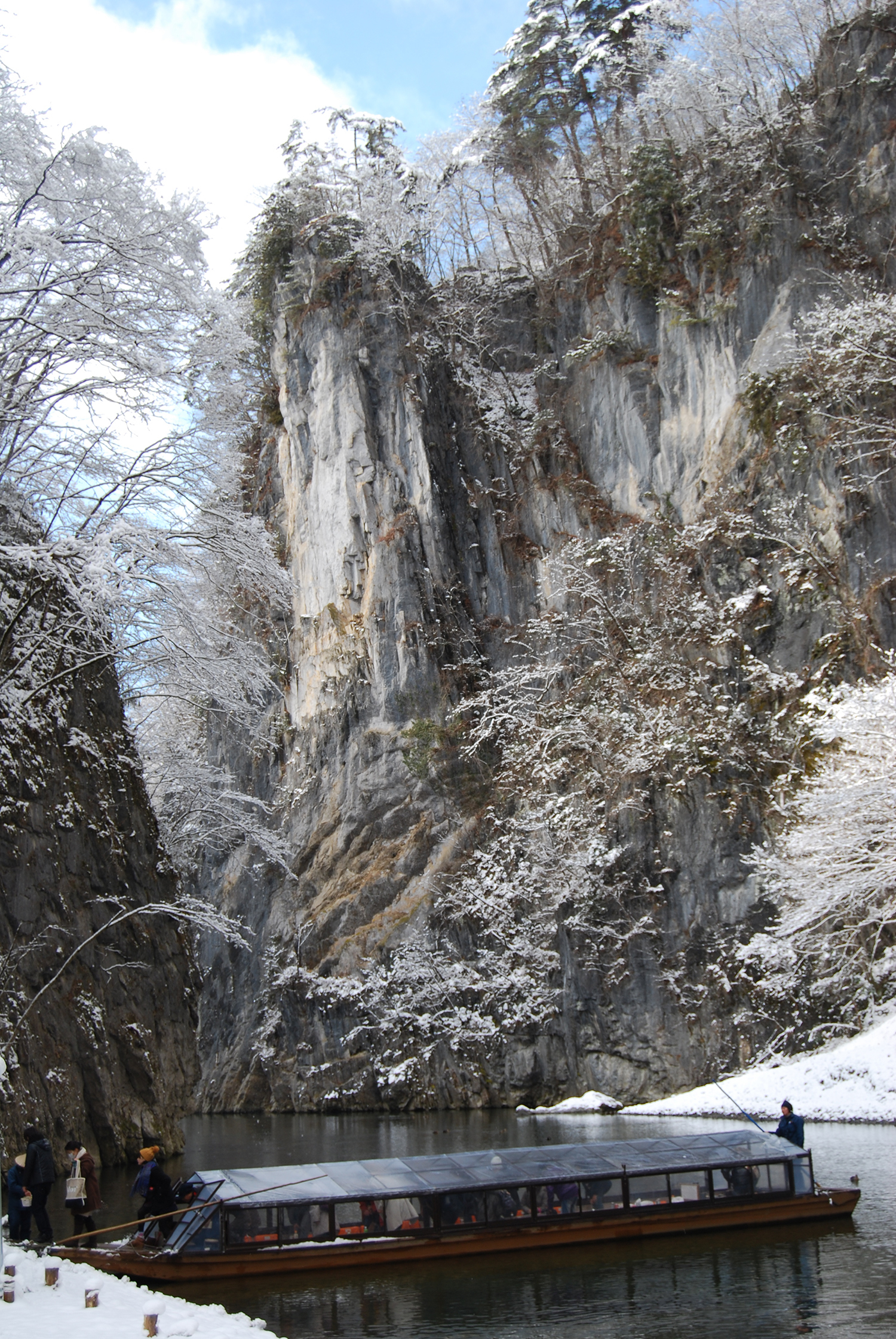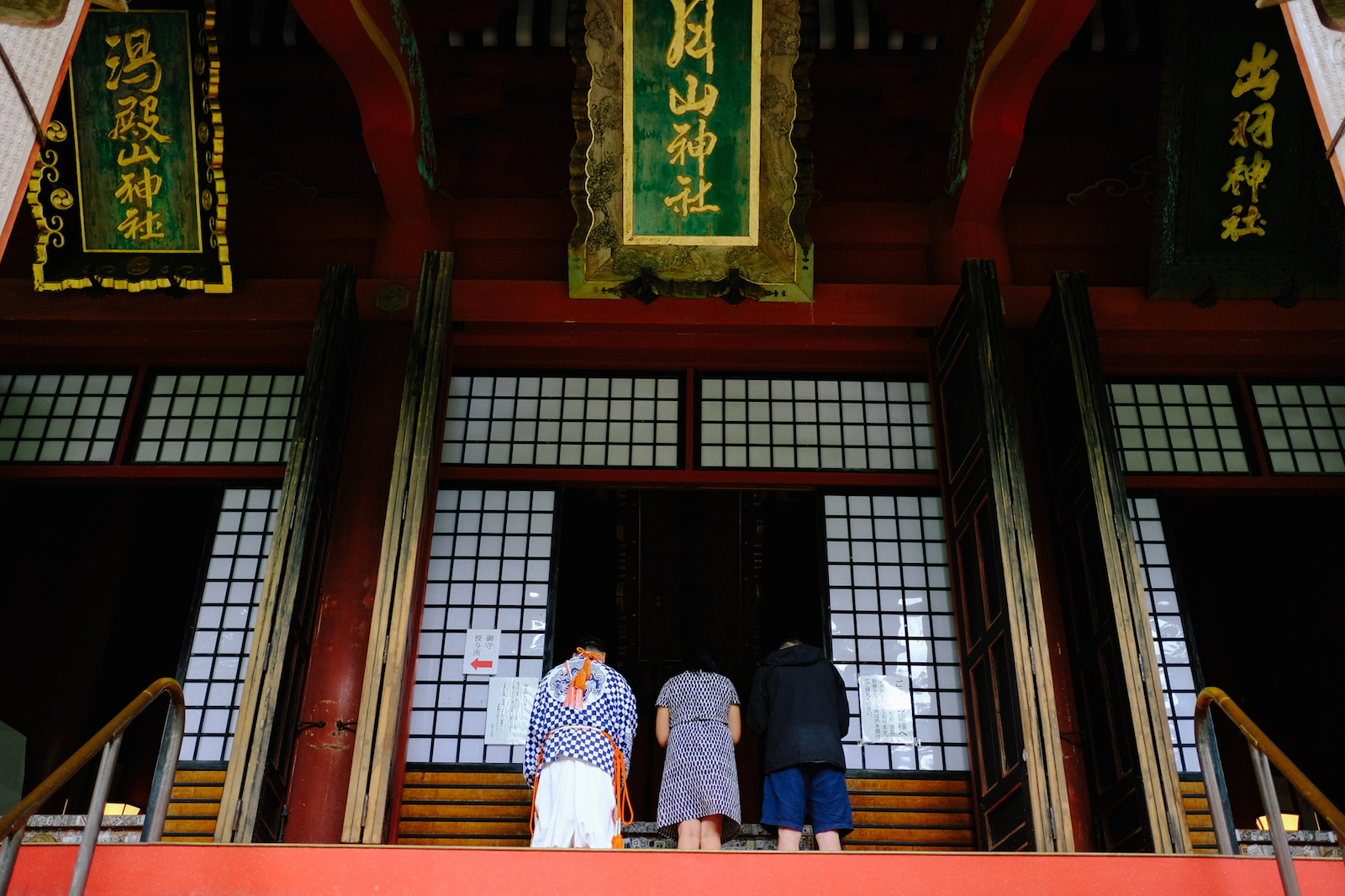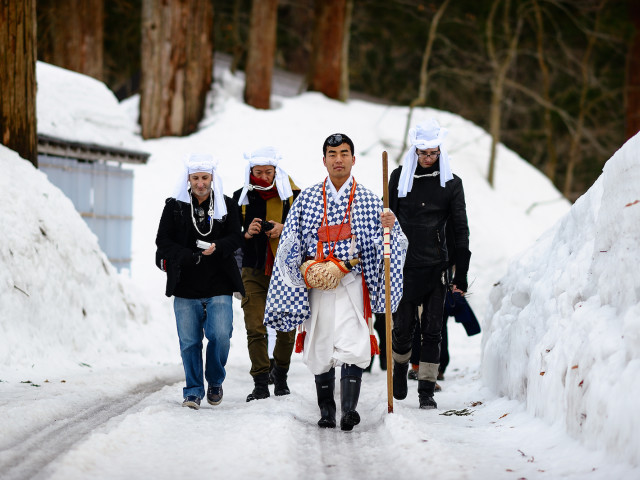The number of visitors to Japan has risen rapidly in recent years, and with this increase has been a desire among tourists to venture out to regions off the beaten tourist track. Places like the northern region of Tohoku allow visitors to see some of the best sides of the nation including incredible scenery, sample delicious local food and beverages, and experience old traditions that continue to live on.
Farming and fishing villages in Tohoku possess a unique food culture that matches the landscape and climate of the region. Recognizing that a lack of information on the region and minimal infrastructure in the villages may prevent visitors from seeing just how special these villages are, Tokyo-based publishing company The Cuisine Press, Inc. has developed a travel tour product titled "Fooding Tourism."
Based on the theme of "travel dedicated to exploring local cuisine," the company aims to transform the Tohoku region into a travel destination for overseas tourists by emphasizing the beauty and charm of its farming and fishing villages.
The "Fooding Tourism” project encompasses a series of approximately 15 tours sold by the company’s partner travel agencies including JTB. These tours range from one-day experience plans to multi-day excursions, and include set courses as well as tours that can be customized to suit guests’ interests and activity level. A few of the unique tours are detailed below.
Scenic kotatsu boat ride & visit to the World Heritage Site of Hiraizumi

Iwate Prefecture is one of Japan’s northernmost prefectures with stunning natural scenery. Highlights of this tour include cruising down the river through the Geibikei Gorge. Participants ride on a small motor-less boat which is carried downstream by the current and steered only by the pole of its helmsman, making for a serene journey.
The cruise operates in all seasons, but wintertime is especially magical as guests experience the tranquility and spectacular snowy scenery from the warmth of the boat’s kotatsu - a special table with a heater installed underneath that is covered by a futon blanket to keep one’s legs warm.
Visitors will also be transported to the beautiful World Heritage Site of Hiraizumi, an area that is normally hard to access without arranging transportation. This town is home to Chusonji Temple as well as many other historic Buddhist temples and gardens.
Experience the life of a mountain monk for a day

In Yamagata Prefecture’s Tsuruoka City, visitors can go beyond simply viewing Japan’s religious buildings and venture out on this one-day tour as a yamabushi (mountain priest). This unforgettable opportunity allows visitors to experience Japanese religion and cuisine with actual yamabushi practicing in the mountains as their guide.
Wearing the traditional white garments of yamabushi, participants head into the forest to visit a five-story pagoda designated as a national treasure, worship at a mountain-top temple, and savor a shojin-ryori (Buddhist vegan cuisine) meal at the temple guest house.
Tsuruoka food culture market "FOODEVER"

Tsuruoka City also happens to be Japan's only city certified by UNESCO as a Creative City of Gastronomy. This guided tour offers a peek through "FOODEVER," an advanced food complex facility established to provide information about Tsuruoka's rich food culture.
Visitors can enjoy Tsuruoka's cuisine through the facility’s restaurants as well as its select seasonal ingredients, and taste local sake at the sake bar. This market is a great place to pick up edible delights and other unique souvenirs.
Experience home-style cooking and traditional handicrafts while staying at a farmer's house

Iwate Prefecture’s Tono City calls itself the “timeless rural heart of Japan” and for good reason. Enclosed by mountains and filled with nature, Tono is a place where traditional ways of living, religion and culture are still part of everyday life.
Tour participants will see all of this firsthand by staying overnight at a local farmer's home, and learn about Tono’s legends as well as folk stories of specters and mythological creatures. They can also enjoy home-style dishes made using local and seasonal ingredients, and try their hand at creating local arts and crafts.
To learn more details about these trips as well as the other tours promoted by The Cuisine Press, please visit their website at http://r-tsushin.com/en/journal/japan/food_tourism_tohoku.html. While many tours are self-guided, participation even without Japanese language ability is not a problem and English and Japanese bilingual support staff can be contacted should any difficulties arise.
For an unforgettable memory of Japan, take the road less traveled and discover the different side of Japan that lies in Tohoku!
 Take our user survey and make your voice heard.
Take our user survey and make your voice heard.













4 Comments
Login to comment
GyGene
I'be been going to Tohoku for over 35 years, love it there! Food, onsens, mountains, ocean, a wonderful part of Japan! And the people!
mikeylikesit
TrevorPeace
Nothing here about villages, nor staying with farming or fishing families and helping with the work. After spending 26 weeks of the past four years in all areas of Japan from Kyushu to Hokkaido, I'd really like to spend some quality time with a family or two, helping with the chores and getting far more involved in the culture than is possible in the cities. Such a working holiday would be a very low-cost one, too. But richly rewarding, at least for me.
kurisupisu
For an area that was radioactively contaminated, the last thing I'd do is go on a food sampling tour of the area!